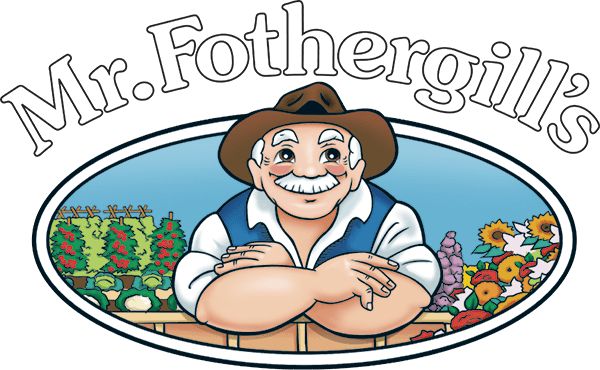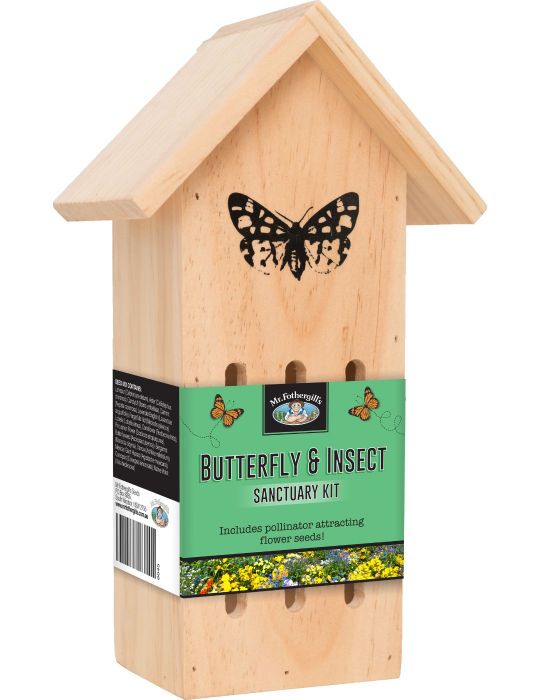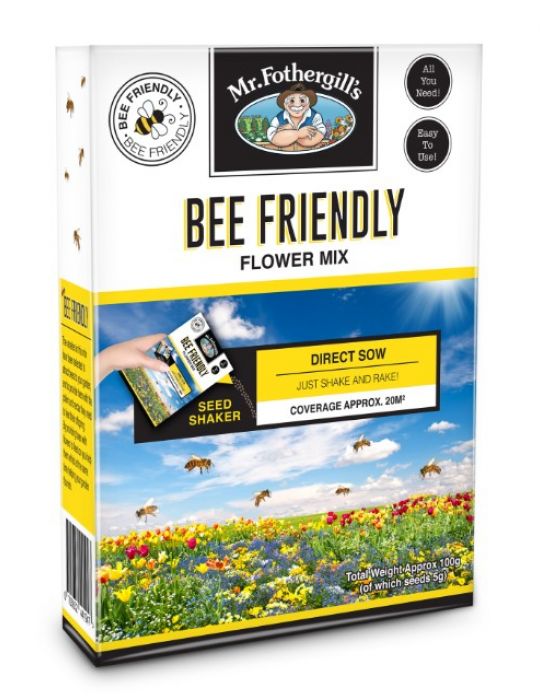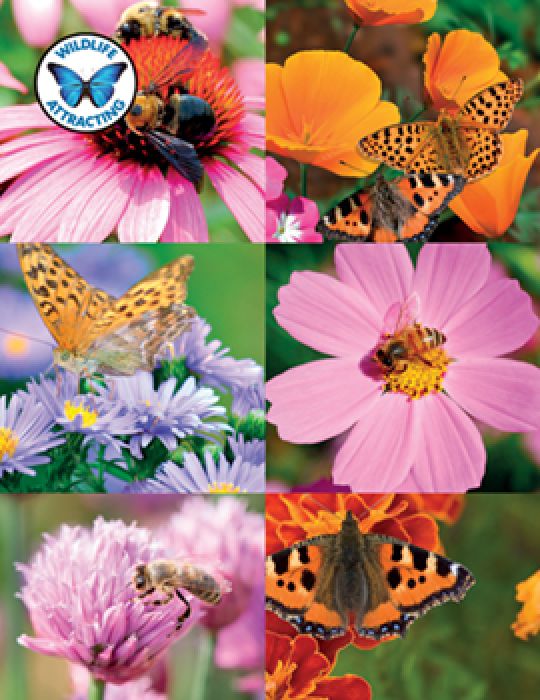Native Bee Sanctuary Kit
Native Bees play an essential role in pollinating our gardens. They transfer pollen from one flower to another, fertilising plants so they start forming fruits and seeds.
The Mr Fothergill's Native Bee Sanctuary Kit contains a wooden sanctuary and a sachet of pollinator friendly flower seeds to help attract native bees to your garden. The seed mix is made up of the following varieties:
- Alyssum (Lobularia maritima)
- Bergamot (Monarda didyma)
- Borage (Borago officinalis)
- Californian Poppy (Eschscholzia californica)
- Catmint (Nepeta mussinii)
- Chicory (Cichorium endivia)
- Clover (Trifolium pratense)
- Cornflower (Centaurea cyanus)
- Cosmos (Cosmos bipinnatus)
- Everlasting Daisy (Rhodanthe chlorocephala)
- Purple Mullein (Verbascum phoeniceum)
- Salvia (Salvia sclarea)
- Seaside Daisy (Erigeron karvinskianus)
- Swan River Daisy (Brachyscome iberidifolia)
- Vetch (Vicia villosa).
- Hairy Bush Pea (Pultenaea villosa)
- Snake Vine (Hibbertia scandens)
- Golden Everlasting (Xerochrysum bracteatum)
This kit is suited to Australian native solitary bees, of which there are well over 1,000 varieties in Australia, it is not a honey hive. The sanctuary is coated in a non toxic lacquer/oil for protection making it weatherproof and safe for bees and insects. It is also made of FSC timber, meaning it is responsibly sourced and eco-friendly. It can be painted using non toxic paint.
Dimensions: 245mm(w) x 295mm(h) x 120mm(d)
| How To Grow | To use, simply hook a piece of wire into the back loop of the sanctuary and attach to a tree trunk or branch or simply place amongst the garden. Sowing your seeds:
|
|---|---|
| When to Sow/Plant | Spring, Summer, Autumn, Winter |
Our Seed Guarantee
If you are not completely satisfied with these seeds Mr. Fothergill's will gladly replace them for free. Performance subject to growing conditions.
6966




